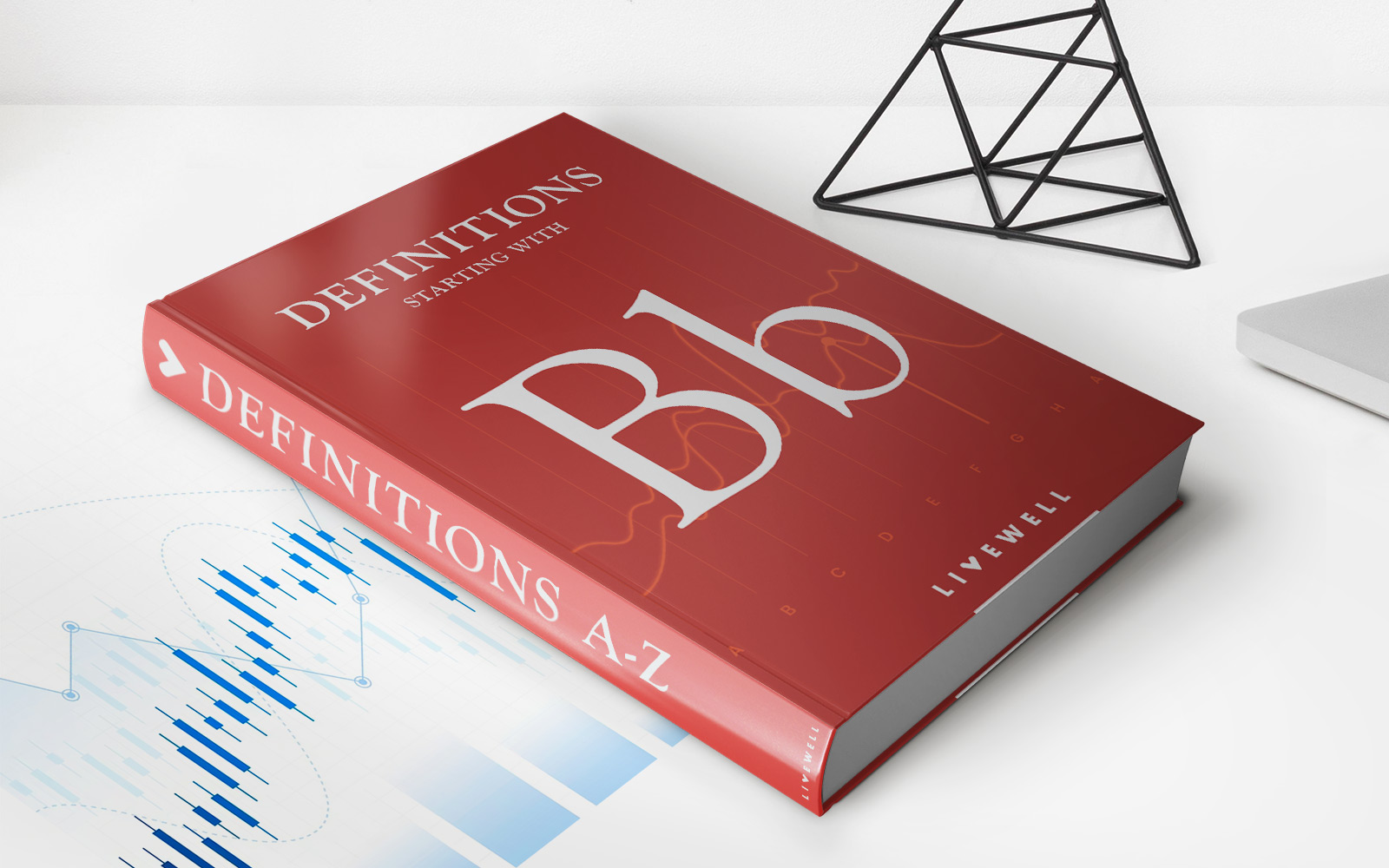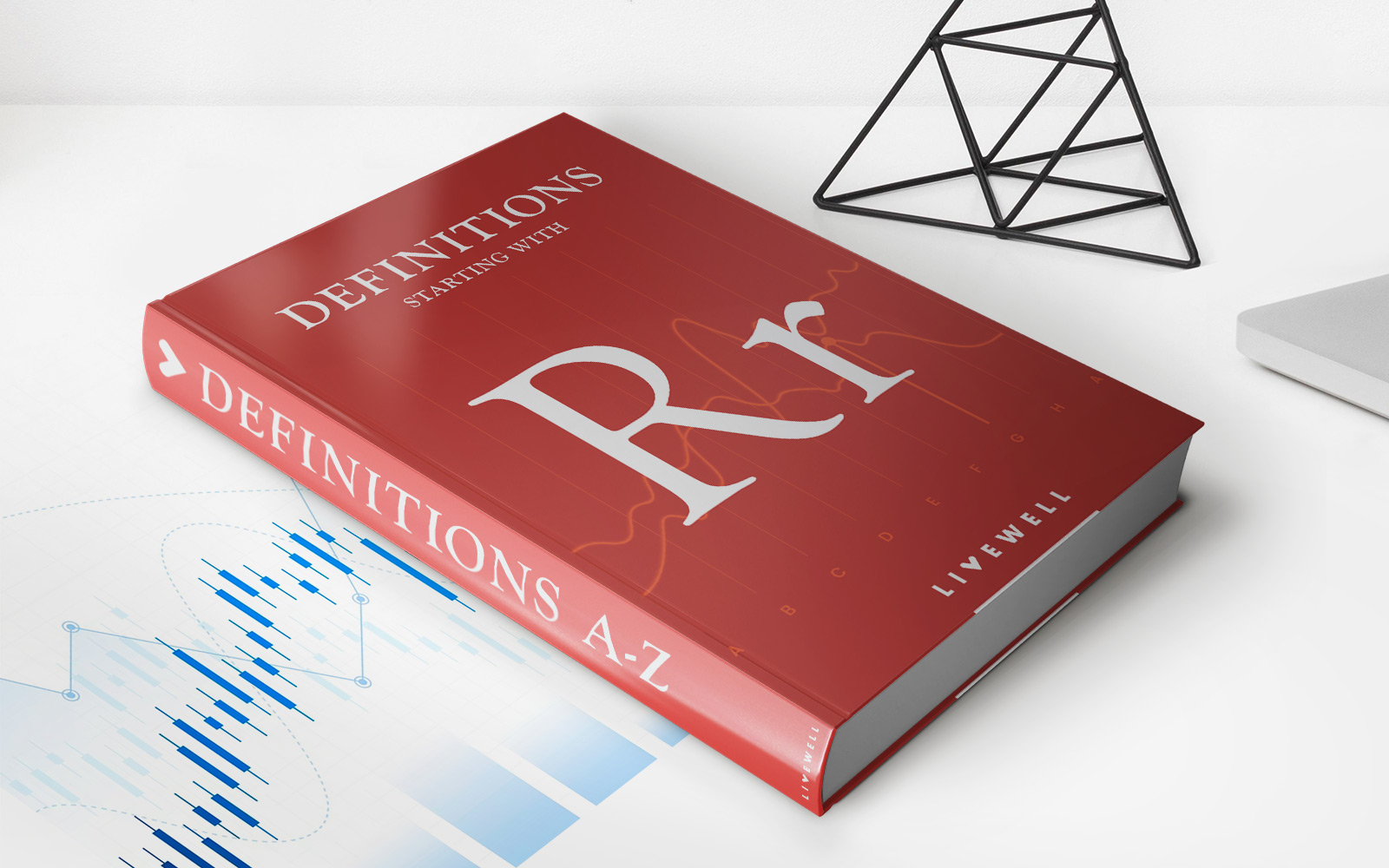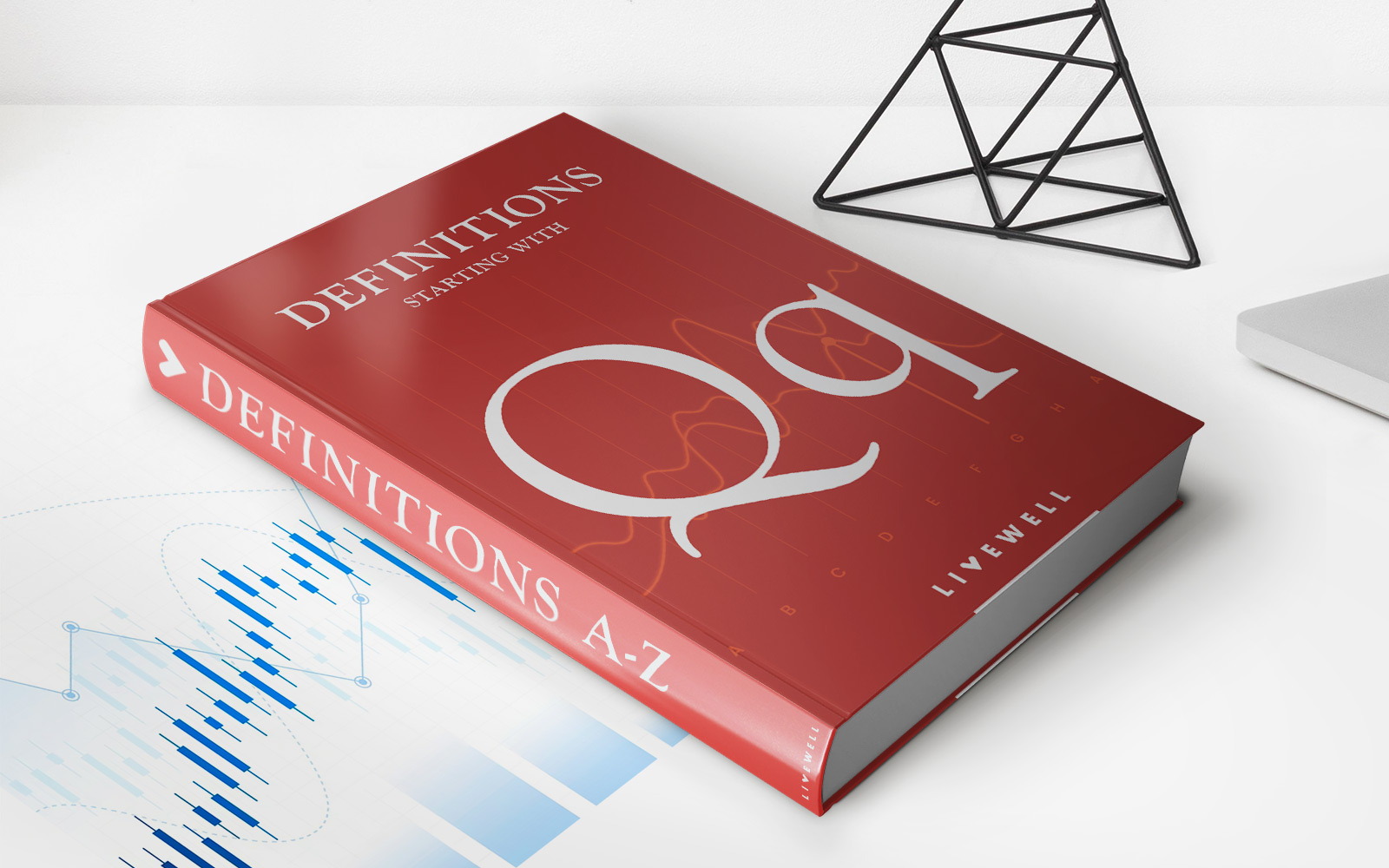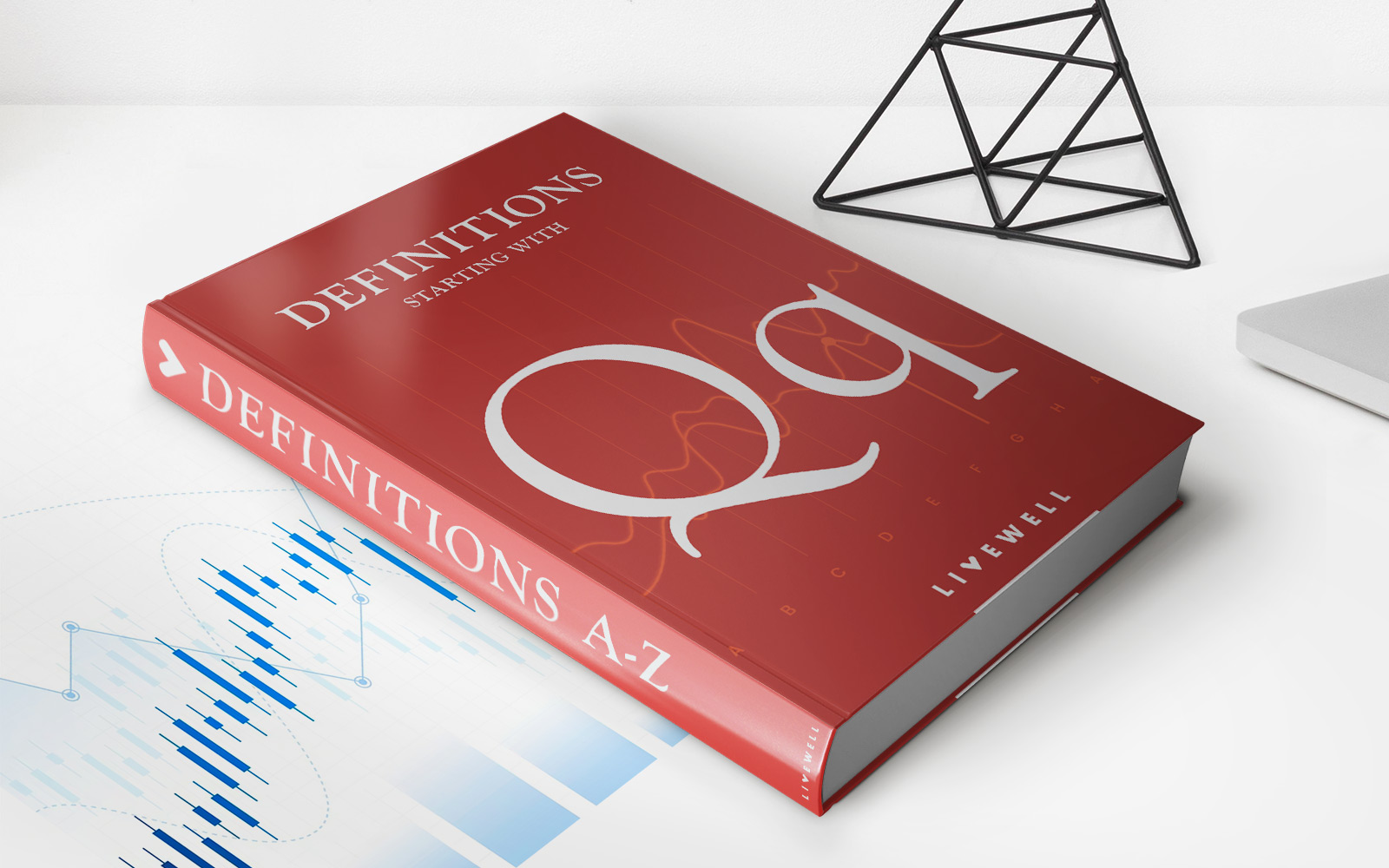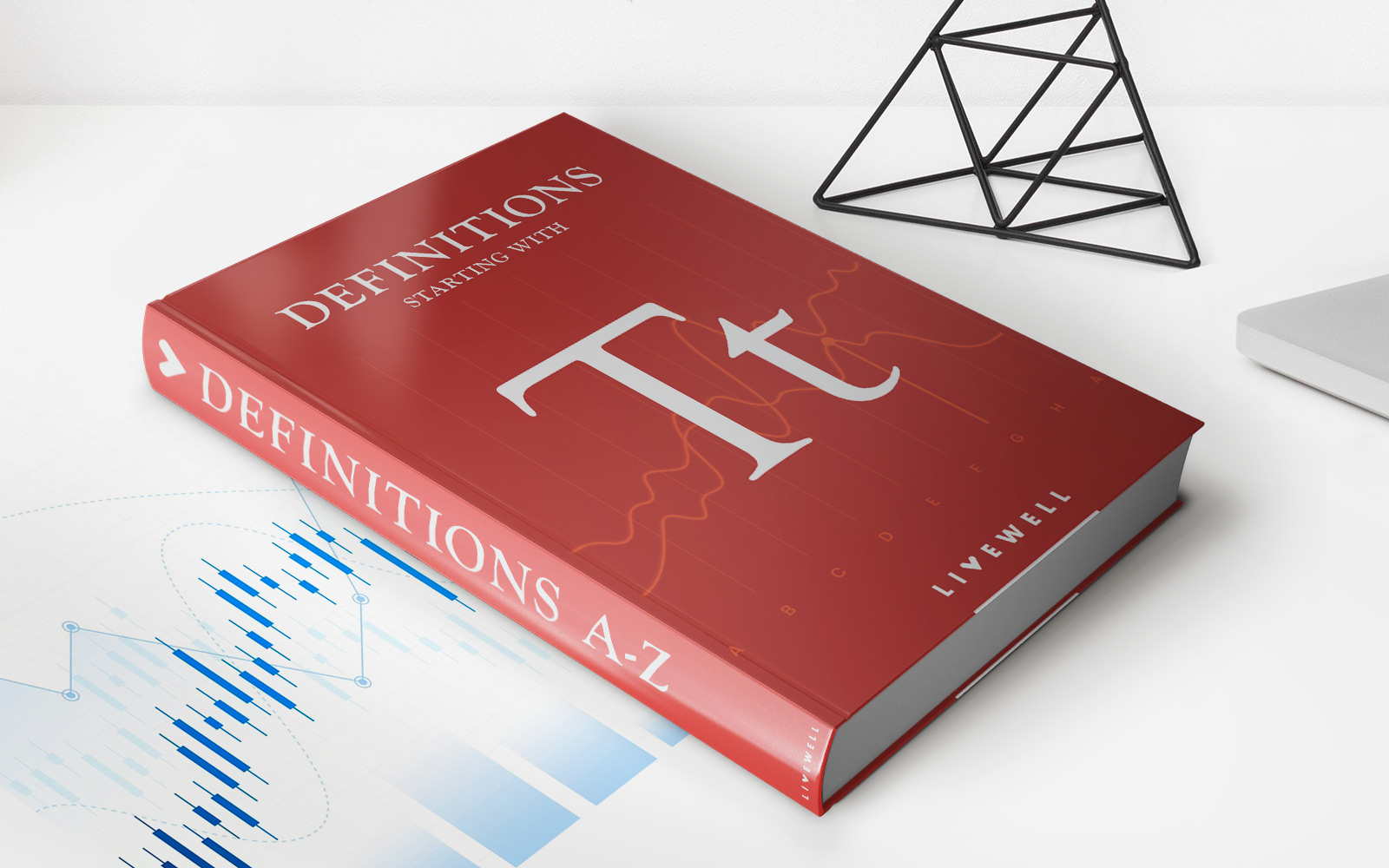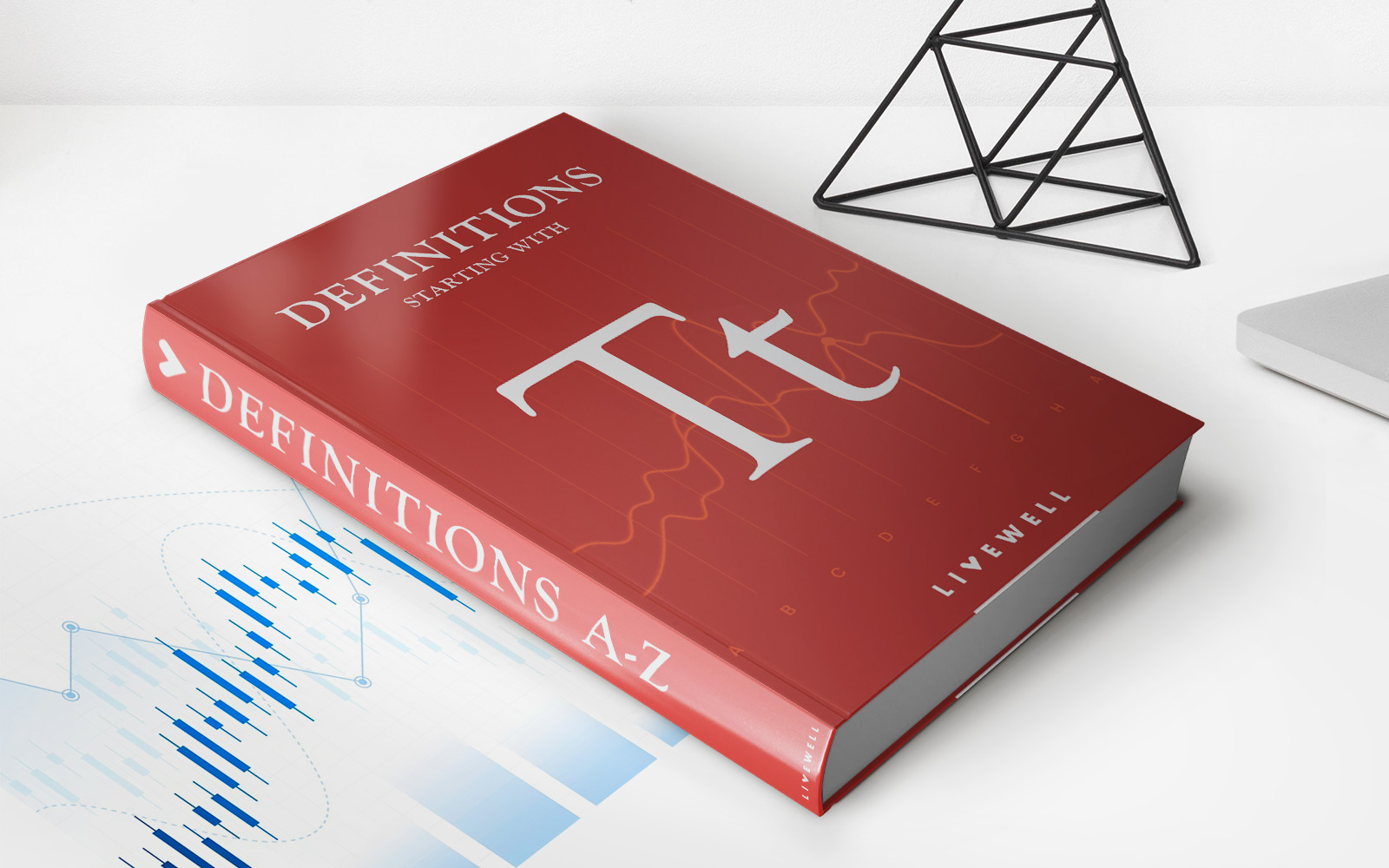Home>Finance>Qualifying Relative Definition And IRS Guidelines
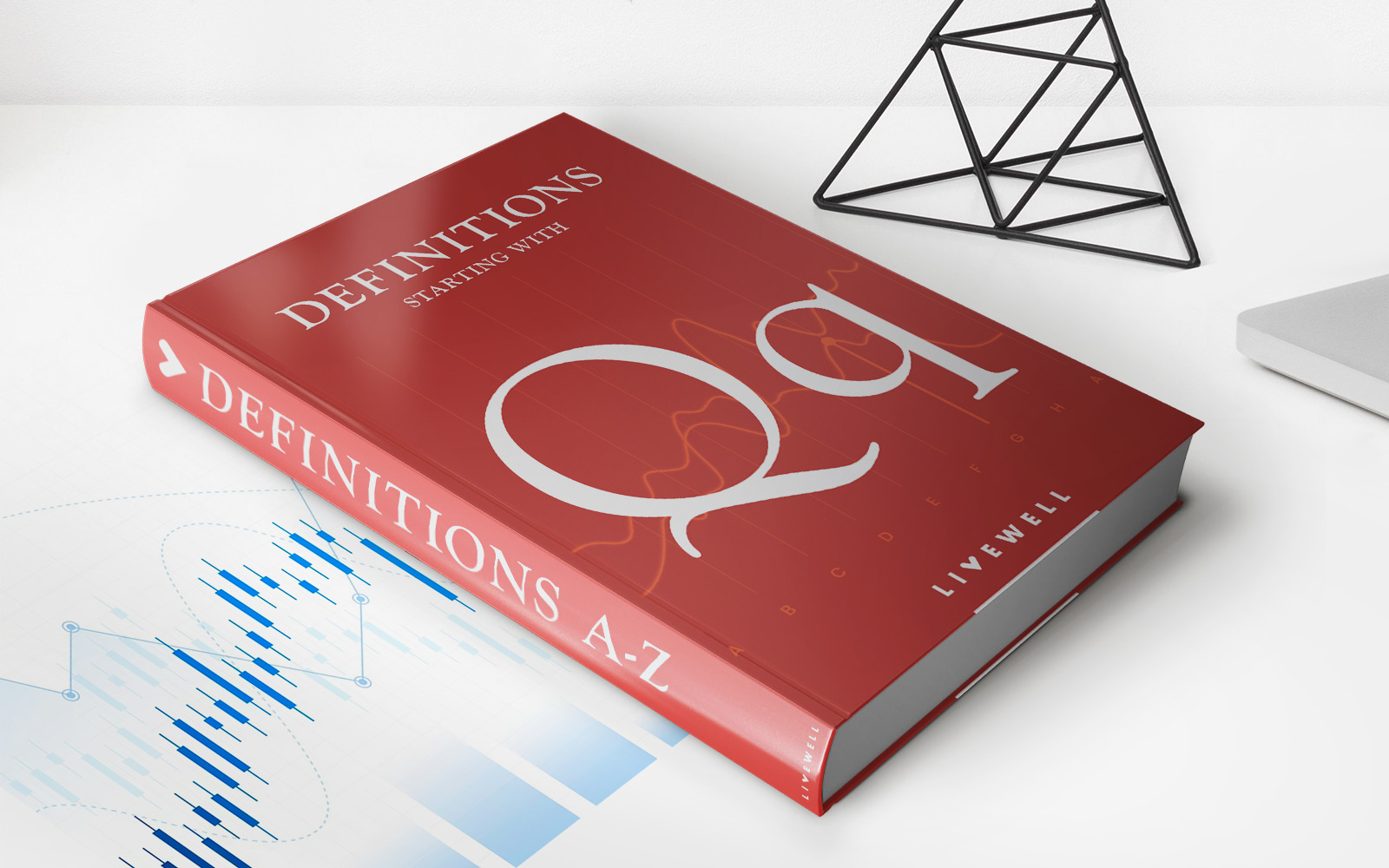

Finance
Qualifying Relative Definition And IRS Guidelines
Published: January 14, 2024
Learn the qualifying relative definition and IRS guidelines in finance to ensure you meet the criteria for claiming tax benefits.
(Many of the links in this article redirect to a specific reviewed product. Your purchase of these products through affiliate links helps to generate commission for LiveWell, at no extra cost. Learn more)
Qualifying Relative Definition: Understanding IRS Guidelines
When it comes to filing your taxes and maximizing your deductions, it’s essential to understand the rules and regulations surrounding qualifying relatives. By taking advantage of tax benefits offered by the Internal Revenue Service (IRS), you can potentially lower your taxable income and save money. In this article, we will delve into the definition of a qualifying relative and explore the guidelines set forth by the IRS.
Key Takeaways:
- A qualifying relative is a person, not necessarily a family member, who meets specific criteria set by the IRS.
- The IRS guidelines outline the relationship, income, support, and residency requirements for a qualifying relative.
So, what exactly is a qualifying relative? The IRS defines a qualifying relative as someone who meets certain criteria that makes them eligible for various tax benefits. This individual doesn’t necessarily have to be a family member, which can come as a surprise to many taxpayers.
To determine if someone can be considered a qualifying relative, the IRS focuses on four key factors:
- Relationship: The person must either have a blood relationship or be a member of your household for the entire year. This opens up the possibility of claiming individuals such as close friends or even unrelated individuals who have lived with you for the entire tax year.
- Gross Income: The potential qualifying relative’s gross income for the year must be below a specific threshold, which is adjusted annually. This threshold ensures that the person depends on your financial support.
- Support: You must provide more than half of the potential qualifying relative’s financial support for the year. This includes expenses like housing, food, medical care, and education.
- Residency: The potential qualifying relative must have resided with you for the entire year, or if not, they must fit into one of the IRS’s exceptions, such as being a close relative or having a temporary absence.
Understanding these guidelines is crucial, as they can help you determine if you can claim someone as a qualifying relative on your taxes. By doing so, you may be eligible for various tax deductions and credits, such as the Child and Dependent Care Credit or the Head of Household filing status.
To ensure you meet all the necessary requirements and avoid any potential discrepancies when filing your taxes, it’s recommended to consult with a tax professional. They can provide personalized advice and guidance based on your specific situation, ensuring that you maximize your tax savings while remaining compliant with the IRS regulations.
In conclusion, the definition of a qualifying relative according to IRS guidelines is someone who meets specific relationship, income, support, and residency requirements. By understanding these criteria, you can potentially benefit from various tax deductions and credits, ultimately helping you save money. Remember, consulting with a tax professional is always a wise choice to navigate the intricacies of the tax system and ensure you’re making the most of the available tax benefits.



